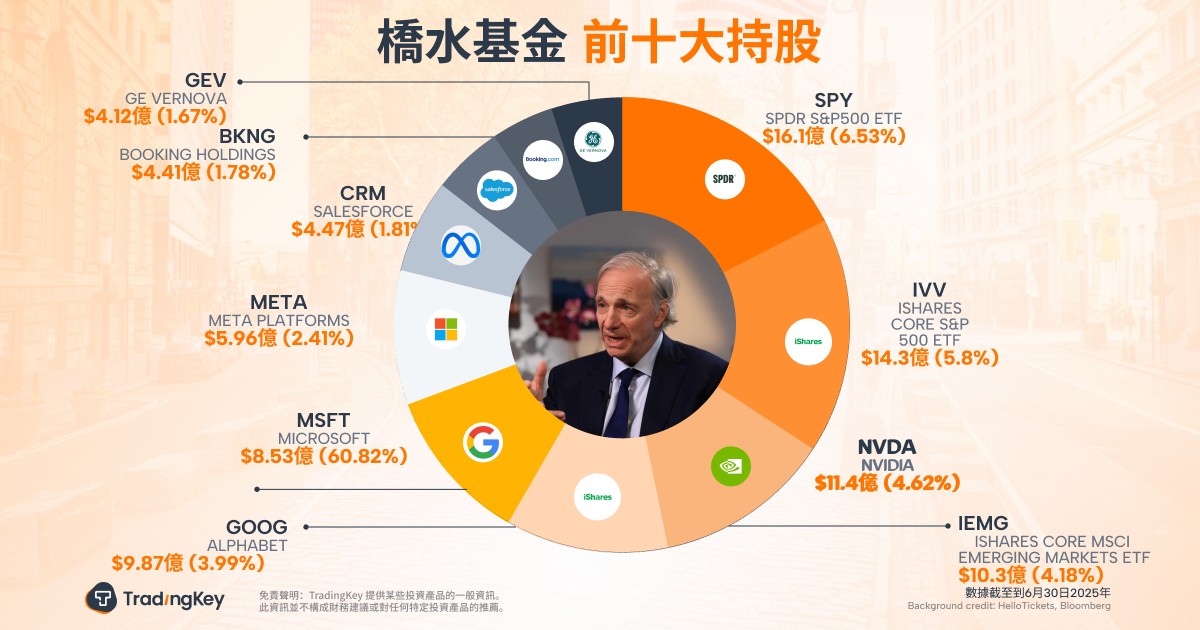Consumers bear huge bills as Google and Big Tech's energy demands soar

Tech firms like Google, Microsoft, and Amazon are increasingly taking a keen interest in energy matters as their data centers push up electricity bills for citizens.
When utilities regulators met in Anaheim in November last year, tech firms were a prominent presence as delegates donned Google-branded lanyards while Microsoft and Amazon sponsored networking activities and led panel discussions, respectively. Apparently, Amazon and Microsoft are already repurposing old energy plants in Europe to power AI needs.
Data centers drain energy, impacting domestic consumers
This strong presence shows a significant shift as firms that used to be solely focused on digital services are now heavily involved in energy markets.
In 2023, the power-draining data centers consumed about 4% of America’s generated electricity. Within three years from today, government analysis suggests this might reach about 12%.
Amazon CEO Andy Jassy has acknowledged the challenge, saying energy is the biggest constraint, a problem that is also piling pressure on households.
A decisive confrontation occurred last December in Columbus. Technology companies, including Amazon, Google and Microsoft submitted an unprecedented independent proposal to utility regulator PUCO, seeking reduced infrastructure payments for their planned data centers.
This followed American Electric Power’s warning that servicing 90 new facilities would need six times Ohio’s current output. The utility had also indicated that households would end up battling the high costs of energy without serious upfront planning.
However, the commissioners, after months of deliberation, unanimously turned down the technology firm’s proposal.
PUCO chair Jenifer French stated the ruling “safeguards non-data-centre customers” by creating a new rate classification. The immediate effect is clear: typical Ohio bills rose by at least $15 monthly from June.
Northern Virginia exemplifies long-term consumer risks. In 2010, developer Unicorn Interests secured approval for a Manassas data center requiring $42 million (£33 million) in grid upgrades. When the project was delayed four years, residents absorbed maintenance costs for unused infrastructure.
Google and other tech firms balance innovation and equity
Technology companies found themselves in dual roles. While data centers drive unprecedented electricity demand, their energy subsidiaries have sold $2.7 billion (£2.1 billion) of power since 2015.
Microsoft energy chief Bobby Hollis insists: “We don’t want to see other customers bearing the cost.” Yet, traditional utilities recover infrastructure investments through decades of consumer billing.
The technology companies say they are open to compromises. In an interview, Amanda Peterson Corio, a Google executive responsible for data center energy, pointed to a deal with American Electric Power’s subsidiary in Indiana and consumer groups in that state, where tech companies agreed to pay some grid upgrade costs upfront to allay concerns about canceled or delayed projects.
But under that deal, data centers are not put into a new rate class. “You start to isolate different classes and start to allocate who we’re going to give power to and who we’re not,” Ms. Corio said. “That goes against every construct of how our electricity system was designed, which is to be open access.”
Tech companies say they plan to keep building data centers, but where those sites will be is uncertain. That puts utilities at risk of building more than their area needs.
Microsoft, for example, announced plans in October to build three data center campuses that would require power from the Ohio utility. But six months later — before regulators ruled against the tech industry — Microsoft changed its data center strategy and said it was putting the Ohio projects on ice. For the foreseeable future, those sites would remain farmland.
Complicating matters, technology firms operate without the ownership restrictions facing utilities. With artificial intelligence’s expansion accelerating, the question remains how society distributes both its benefits and costs.
Your crypto news deserves attention - KEY Difference Wire puts you on 250 top sites




.jpg)
